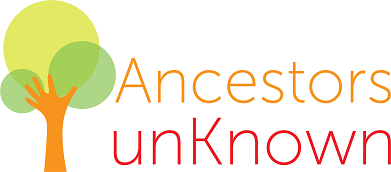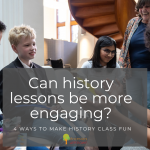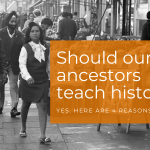Is genealogy research fun for students?
Yes, it’s a fun and engaging activity for young people.
I’m a big fan of genealogy research. Beyond the deeply felt benefits of connecting with your roots, affirming your identity, and giving names to once forgotten ancestors…yada, yada, yada…it’s just fun. That’s right, I think it’s a lot of fun to comb through old documents to piece together the stories of individuals and families. The process is endlessly fascinating, whether I’m researching my own ancestors or the family of someone I barely know. It’s like an invaluable treasure hunt.
In a previous blog post, I explained what I learned from Ancestors unKnown students who want history lessons to be more fun. They tell us to spice up the past with games, field trips and other engaging activities. So, this has me thinking: can genealogy research be the fun part…even for young people?
I think so! Well, of course it must be approached with academic and personal relevance. But if we get to the basics of genealogy research, I think it has roots (pun intended) in fun, giving us plenty of potential for engaging classroom activities.
If you’re a family historian who’s found at least one ancestor in the archives, you’re probably saying, “Yes! Genealogy research is loads of fun! Say no more! Get these kids in the archives!”
For the rest of you, particularly if you’re an educator who knows firsthand the discerning judgment of a child’s fun meter, you might need more convincing.
Allow me to try.
The puzzle
Puzzles are generally beneficial for a child’s learning and development. By presenting a problem to be solved, children can see a puzzle as an engaging challenge.
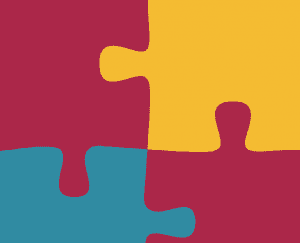
Genealogy research starts with the basic pieces of a puzzle. You have the big picture – or the final result, which is, well, you. Or rather, where you are, what you look like, the family, friends and community around you. These things have fallen into place because of the smaller pieces of your history. If you’re still following the metaphor, those pieces of your history are the puzzle pieces.
You find some pieces fit together and others don’t. You look for missing pieces. You fill in a bigger picture. And you show off your family tree like it’s a masterpiece. What fun!
The mystery
In every family, there are several mysteries waiting to be solved. An ancestor who disappeared, a marriage that suddenly ended, a child whose last name doesn’t match the others. Oh, the intrigue.
Any time you reach the, “ooh, what happened there?” part of your research, you know you might learn something interesting. And every step you take closer to the answer, the more satisfying the quest.
Giving children ownership of one or more family mysteries to solve can put a fun spin on the research task. And research says a mystery has real value. According to Les Lancaster, professor of transpersonal psychology at Liverpool John Moores University, people of all ages crave mysteries. He explained, “It’s intrinsic for us to seek answers. It’s our evolutionary heritage, moving us forward by motivating us to find out more and use our imagination.” Psychologies elaborated on Lancaster’s comments: “Mystery is the ultimate trail of breadcrumbs. It piques our interest, invites us to solve or make sense of something and use our imagination to fill in the gaps.”
Clearly, they agree that the mysteries in genealogy research will pique the interest and imagination of a child.
The lies!
Speaking of mysteries, many of them can be traced back to some of our ancestors’ lies. Not to minimize the larger family scandals or untruths that have had more significant consequences, but in this case, I’m talking about the harmless lies our ancestors told. These little lies appeal to the gossipy side of children – and adults.
My great grandmother somehow became younger every year, changing her birth year each time a census taker asked. My great grandfather embellished a few career titles. And it turns out my grandfather was lying about his age for his entire adult life. These discrepancies usually start as mysteries and result in chuckles.
Our ancestors were humans. They told some funny lies. And it’s enjoyable when young people are the ones to discover them.
The storytelling
As I mentioned earlier, genealogy research is like a puzzle that leads to a bigger picture. But that picture doesn’t come to life without some creative storytelling.
Sometimes we do it without even realizing. You might imagine what your great grandmother’s kitchen smelled like because she described herself as a “cook.” Or you might imagine your grandfather’s typical workday at that factory, where he worked when he was 20.
According to Martha Hamilton & Mitch Weiss, child development researchers, creative storytelling should be a priority in education because it’s fun (among other reasons). They quote a parent, who explained, “ develops something that many practiced speakers lack, namely an ability to use expression and humor to captivate and motivate their audiences. An added benefit is that I have rarely seen a bunch of kids so motivated to do a ‘school’ activity. How can we lose with all these benefits and fun?”
When students can share their ancestors’ stories in their own creative ways, they’re engaged in an activity that’s personally relevant, memorable, and perhaps most important, lots of fun.
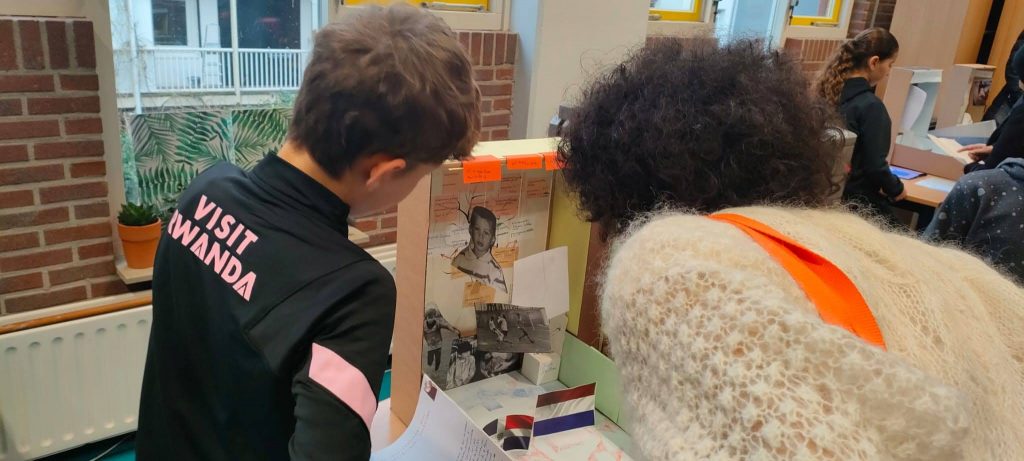
With all of the puzzles, mysteries and great stories to be told, it’s a wonder why genealogy research isn’t incorporated into more classroom activities. Perhaps teachers and students don’t realize how much fun they’re missing.
